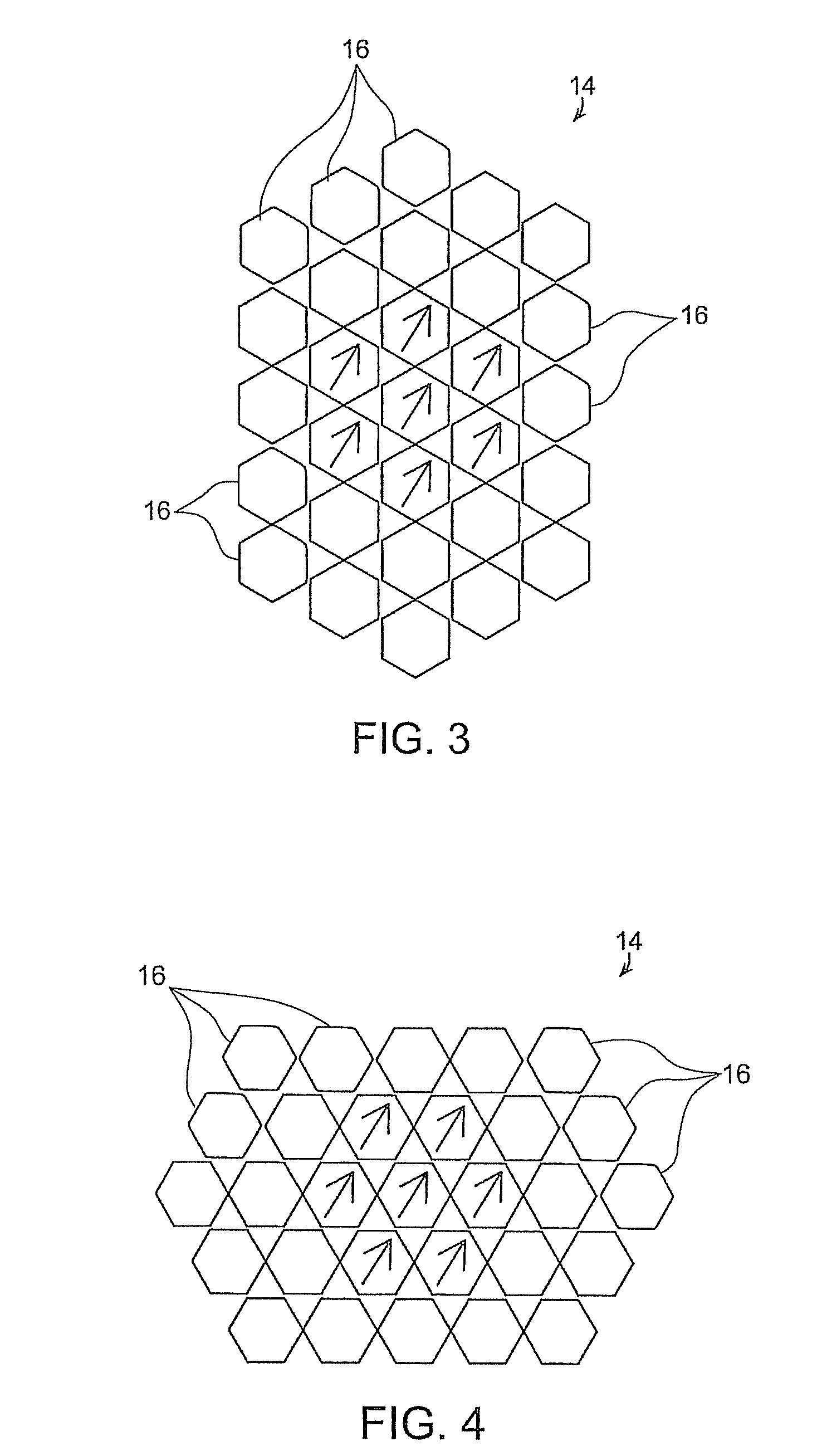Hyperpolarized solid materials with long spin relaxation times for use as imaging agents in magnetic resonance imaging
a solid material and long spin relaxation technology, applied in the field of nuclear magnetic resonance (nmr), can solve the problems of reducing the relaxation time of such gas, reducing the efficiency reducing the cost of the imaging agent, so as to achieve the effect of long relaxation tim
- Summary
- Abstract
- Description
- Claims
- Application Information
AI Technical Summary
Benefits of technology
Problems solved by technology
Method used
Image
Examples
Embodiment Construction
[0018]Applicant has discovered, that although liquids and solids typically have short relaxation times, certain solid materials can be manufactured that result in extremely long T1 times, and that these materials can make excellent hyperpolarized contrast agents. Applicant has discovered that a long T1 contrast agent for hyperpolarized MRI application may be formed using a material whose host substance has no nuclear spin and include with it an impurity or dopant that has a nonzero nuclear spin. For example, naturally occurring Si or C, are composed mostly of 28Si and 12C respectively, which ate zero nuclear atoms, but also contain 29Si and 13C, respectively, which have nuclear spin ½. The concentration of the nonzero-spin component in the zero-nuclear-spin host can be controlled by various methods to range from a few percent, up to 80-90%. The nonzero spin substance can also be a dopant material in the host, such as 31P in Si. In another embodiment, either natural or artificial con...
PUM
 Login to View More
Login to View More Abstract
Description
Claims
Application Information
 Login to View More
Login to View More - R&D
- Intellectual Property
- Life Sciences
- Materials
- Tech Scout
- Unparalleled Data Quality
- Higher Quality Content
- 60% Fewer Hallucinations
Browse by: Latest US Patents, China's latest patents, Technical Efficacy Thesaurus, Application Domain, Technology Topic, Popular Technical Reports.
© 2025 PatSnap. All rights reserved.Legal|Privacy policy|Modern Slavery Act Transparency Statement|Sitemap|About US| Contact US: help@patsnap.com


